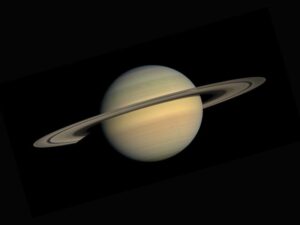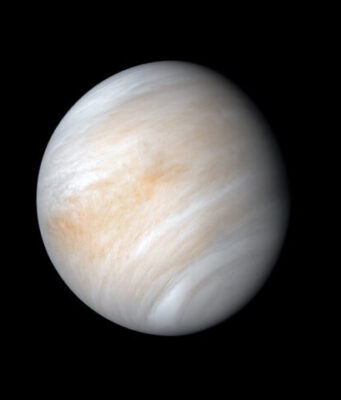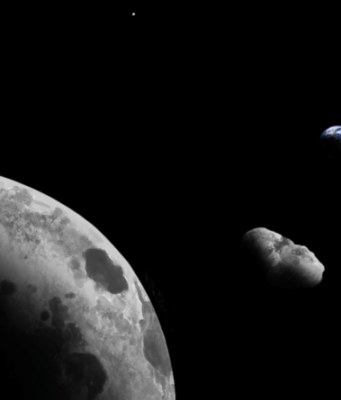Composite image of the galaxy cluster from three different filters on the Hubble Space Telescope. The wave charts (insets at left) show spectra of the multiply imaged systems. The fact that they share peaks at the same wavelength shows...
Using data from the LAMP instrument aboard the Lunar Reconnaissance Orbiter, a Southwest Research Institute-led team of scientists discovered two geologically young craters -- one (right) 16 million, the other (left) between 75 and 420 million, years old --...
March 17th fireball captured by Gerrit Kernbauer and John McKeon. Image processed by Sebastian Voltmer.
Credit: G. Kernbauer, J. McKeon, S. Voltmer
Jupiter is hit by an average of 6.5 objects per year that create impacts large enough to be visible...
In this image from ESO's Very Large Telescope (VLT), light from blazing blue stars energises the gas left over from the stars' recent formation. The result is a strikingly colorful emission nebula, called LHA 120-N55, in which the stars...
Mars. Credit: NASA, ESA, the Hubble Heritage Team (STScI/AURA), J. Bell (ASU), and M. Wolff (Space Science Institute)
Bright, frosty polar caps, and clouds above a vivid, rust-colored landscape reveal Mars as a dynamic seasonal planet in this NASA Hubble...
Google Earth, Cornell University, Planetary Space Institute Thermal image showing ice-rich lobes (outlined by yellow line), which we interpret to be the remnants of tsunami waves that transitioned into slurry ice-rich flows as they propagated under extremely cold climatic...
Illustration of the dust ring surrounding HD 181327.Credit: Amanda Smith, University of Cambridge
An international team of astronomers have found evidence of ice and comets orbiting a nearby sun-like star, which could give a glimpse into how our own solar...
White dwarf (right) stripping mass from the brown dwarf. Credit: Rene Breton, University of Manchester.
Astronomers have detected a sub-stellar object that used to be a star, after being consumed by its white dwarf companion.
An international team of astronomers made...
A thrust fault rips to the surface of a numerical Io. As it breaches the surface, it pulls on the overhanging crustal block (to the left of the fault), and 'extensional' features such as trenches called graben form there....
This graphic shows where a planet can be habitable and warm around our sun, as it ages over billions of years. Credit: Cornell University
All throughout the universe, there are stars in varying phases and ages. The oldest detected Kepler planets...
An undated photo provided by NASA shows the International Space Station in orbit. On Monday, May 16, 2016, the International Space Station made its 100,000th orbit circling of the world. NASA says these 100,000 orbits are akin to traveling...
























